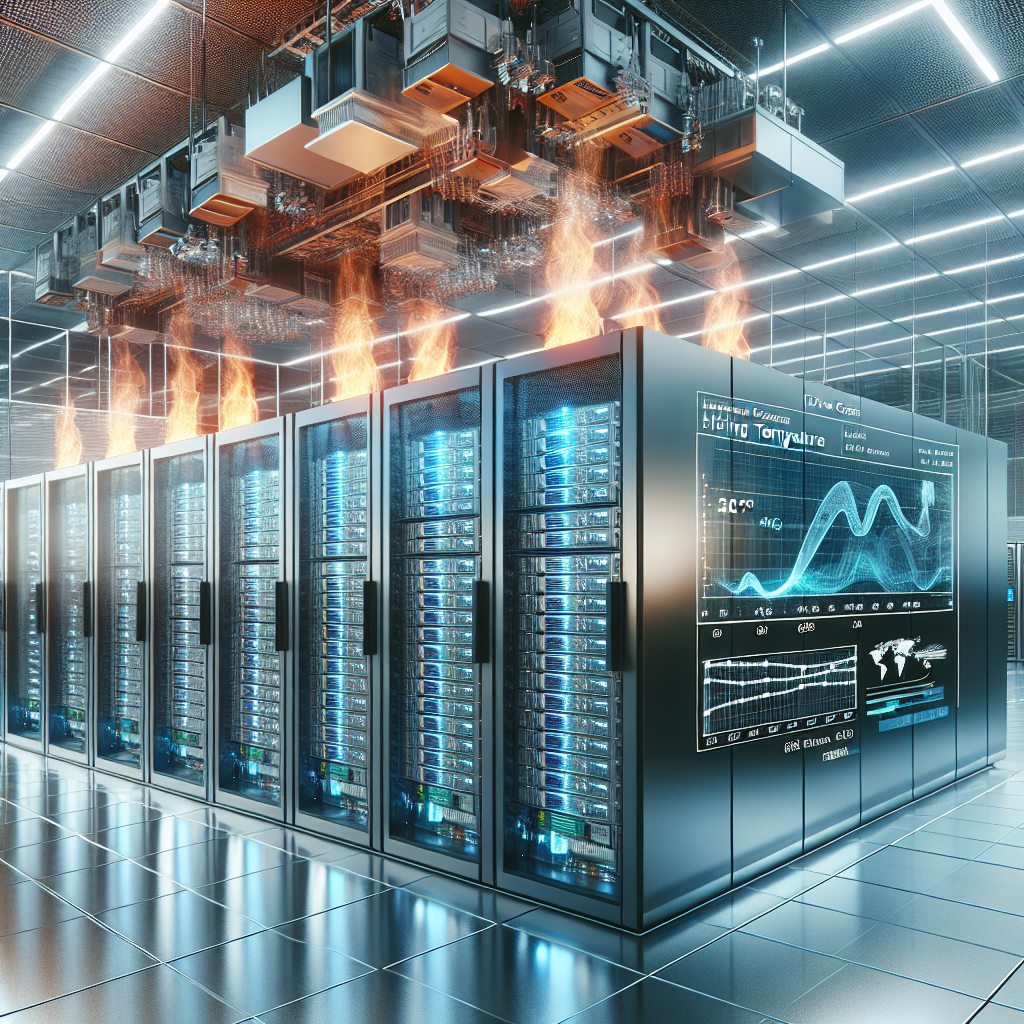Data centers are the backbone of modern technology, housing the servers and networking equipment that power our digital world. These facilities are responsible for processing and storing vast amounts of data, making them essential for businesses and organizations of all sizes. However, one factor that can significantly impact the performance of a data center is heat.
Heat is a natural byproduct of the operation of servers and other hardware in a data center. As these devices work to process and store data, they generate heat, which can quickly accumulate in the facility if not properly managed. If the temperature in a data center rises too high, it can lead to equipment failure, downtime, and data loss.
Understanding the impact of heat on data center performance is crucial for ensuring the reliability and efficiency of these facilities. Here are some key considerations to keep in mind:
1. Cooling Systems: Data centers rely on cooling systems to maintain the temperature within a safe range. These systems may include air conditioning units, fans, and liquid cooling solutions. It is essential to regularly monitor and maintain these systems to ensure they are functioning properly and efficiently.
2. Hotspots: In a data center, certain areas may be more prone to heat buildup than others. These hotspots can occur due to factors such as poor airflow, equipment density, and inadequate cooling. Identifying and addressing hotspots is essential for preventing equipment failure and maintaining optimal performance.
3. Energy Efficiency: Cooling a data center can account for a significant portion of its energy consumption. By implementing energy-efficient cooling solutions and practices, data center operators can reduce their environmental impact and operating costs while maintaining performance.
4. Thermal Management: Thermal management techniques, such as hot aisle/cold aisle containment and airflow optimization, can help to improve the efficiency of cooling systems and reduce the risk of heat-related issues in a data center.
5. Monitoring and Analytics: Regular monitoring of temperature and humidity levels in a data center is essential for detecting potential issues before they escalate. By collecting and analyzing data on environmental conditions, operators can proactively address heat-related challenges and optimize performance.
In conclusion, understanding the impact of heat on data center performance is essential for ensuring the reliability and efficiency of these critical facilities. By implementing effective cooling systems, addressing hotspots, prioritizing energy efficiency, utilizing thermal management techniques, and monitoring environmental conditions, data center operators can mitigate the risks associated with heat and maintain optimal performance. Ultimately, a well-managed data center will not only improve operational efficiency but also protect valuable data and ensure business continuity.


Leave a Reply